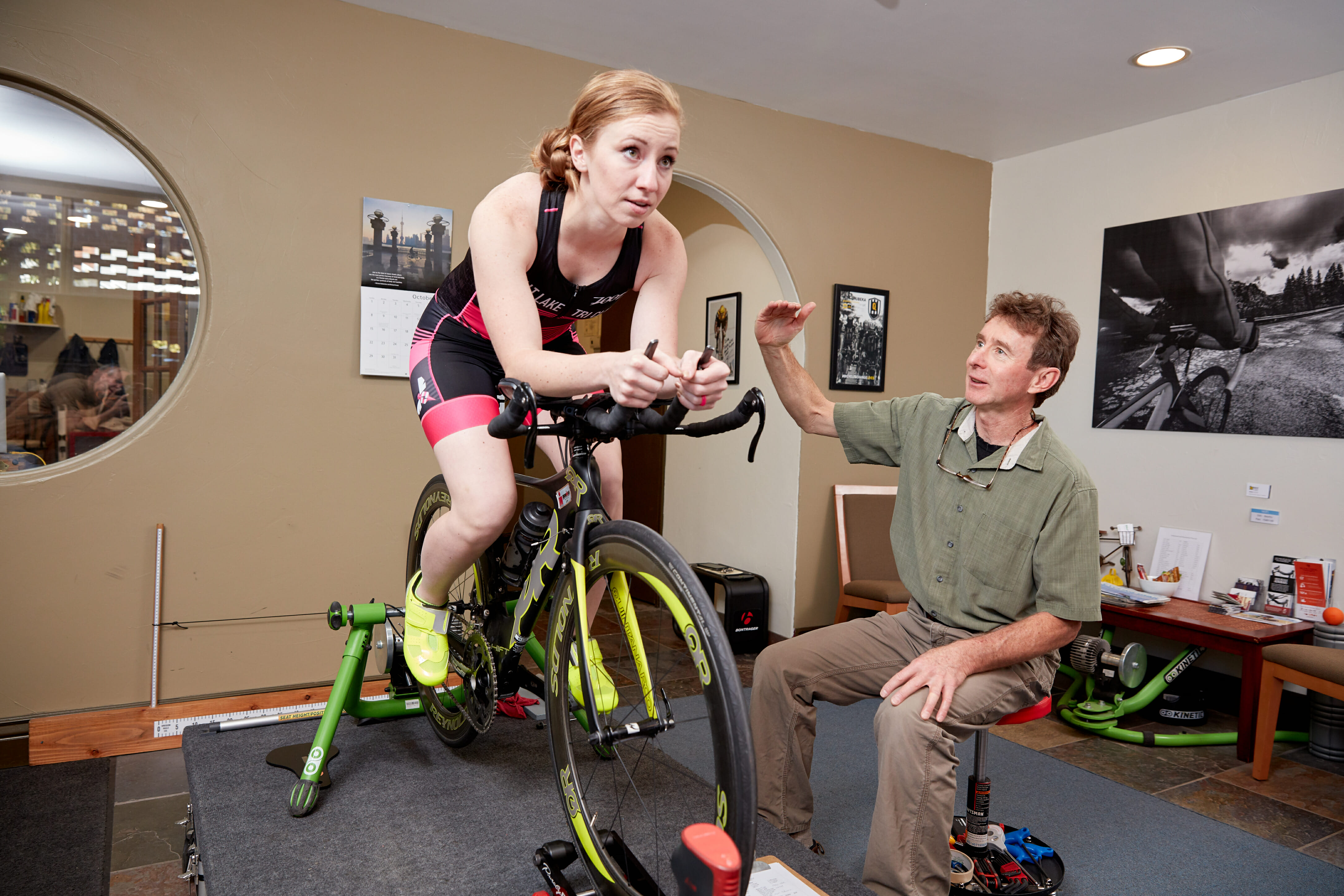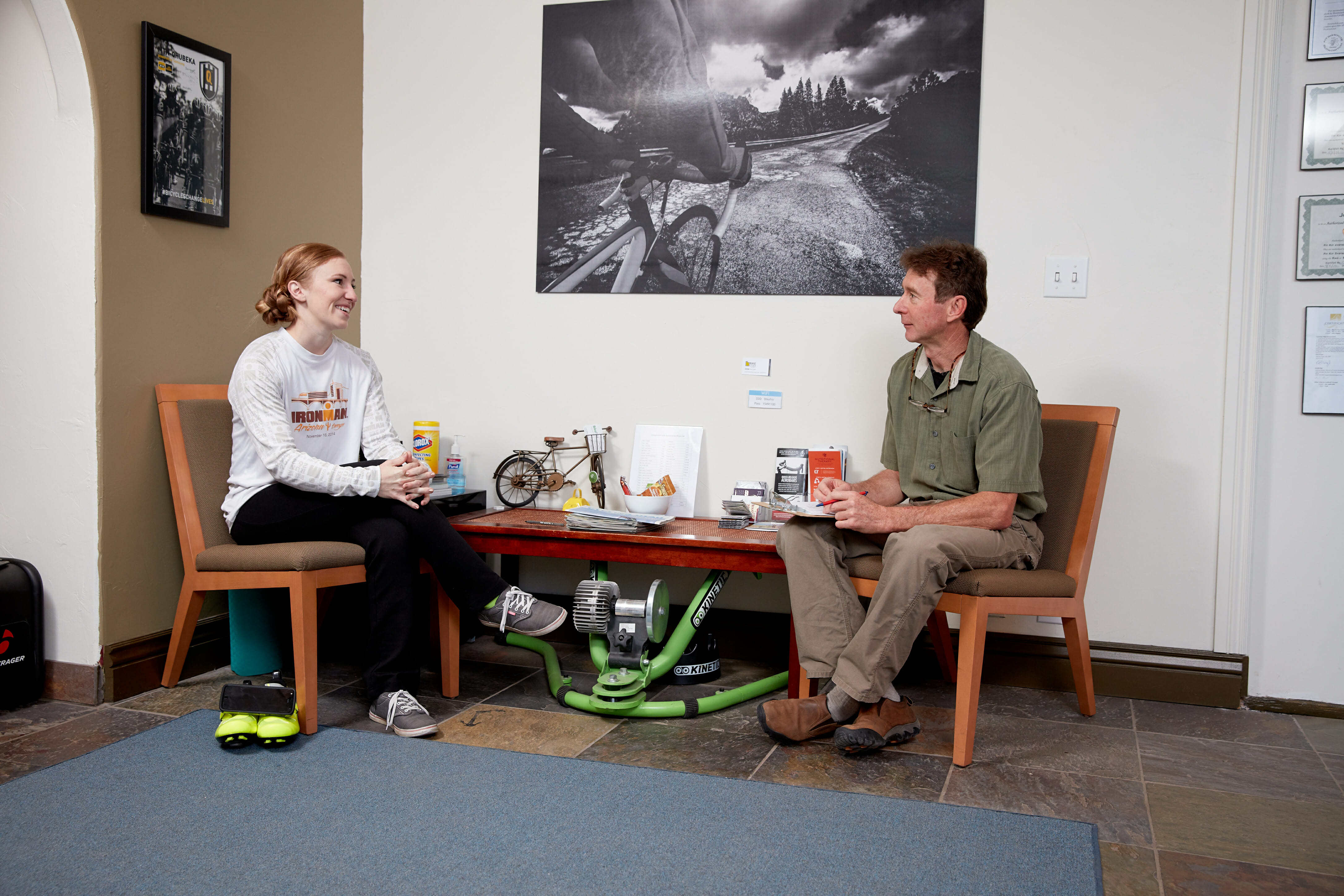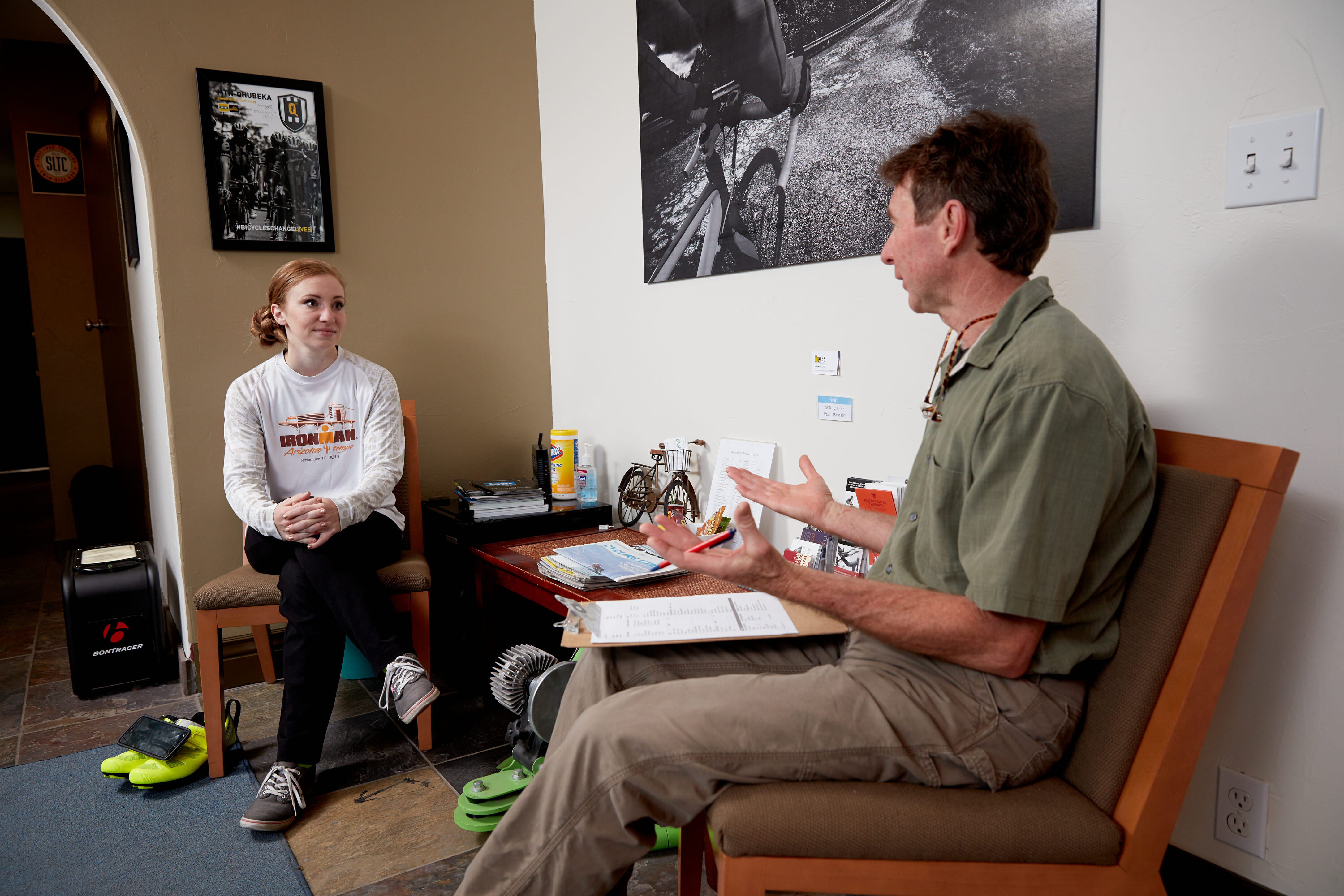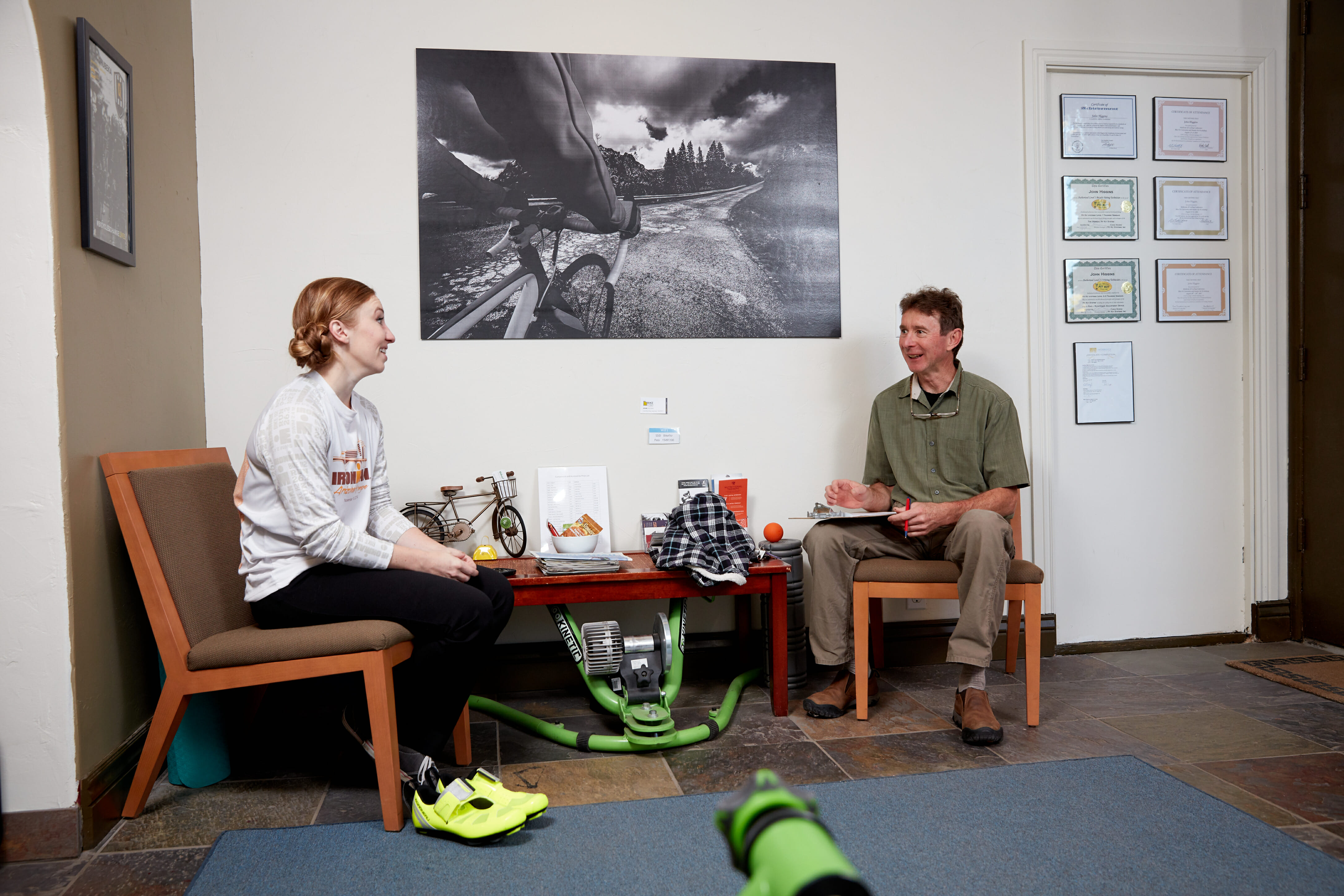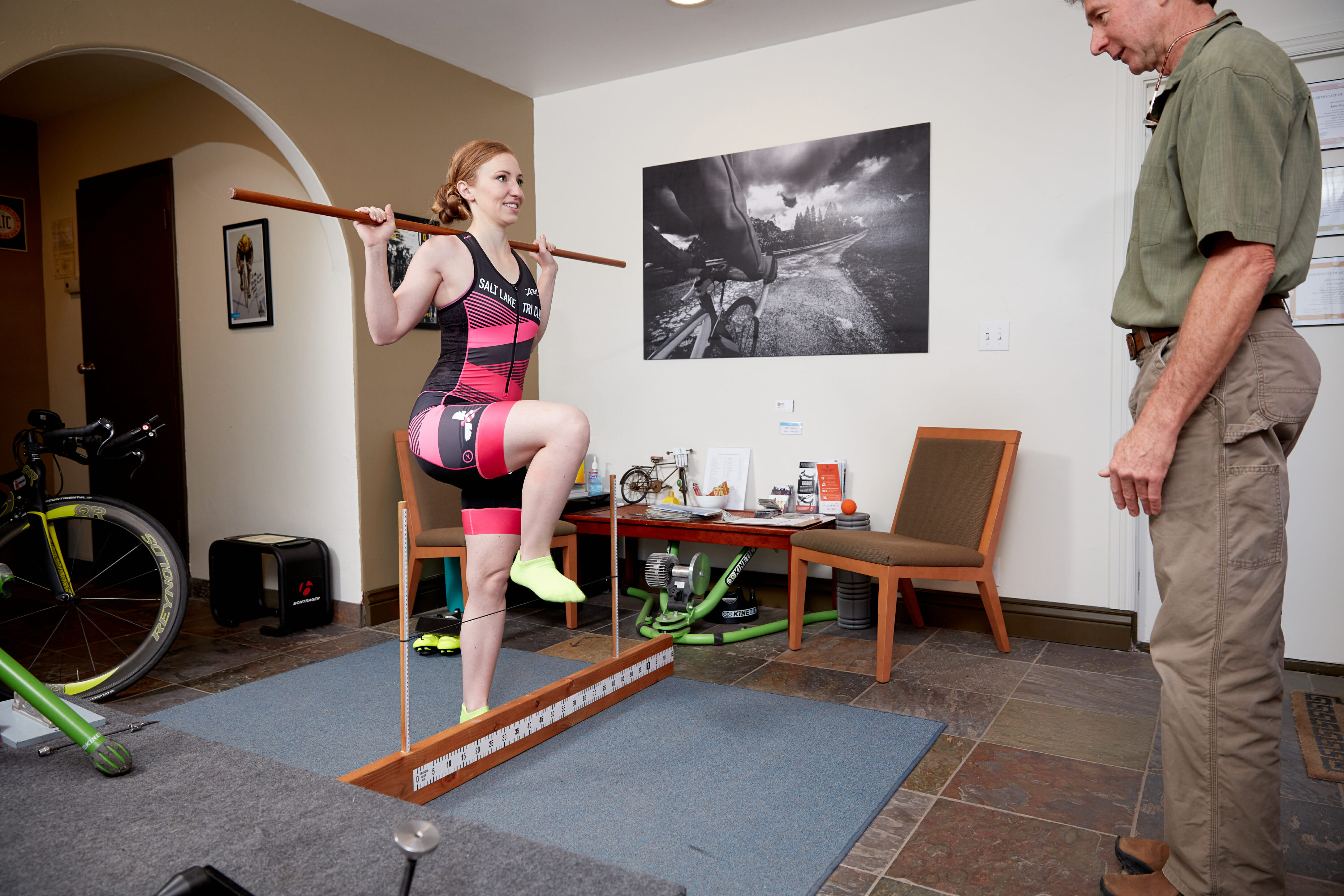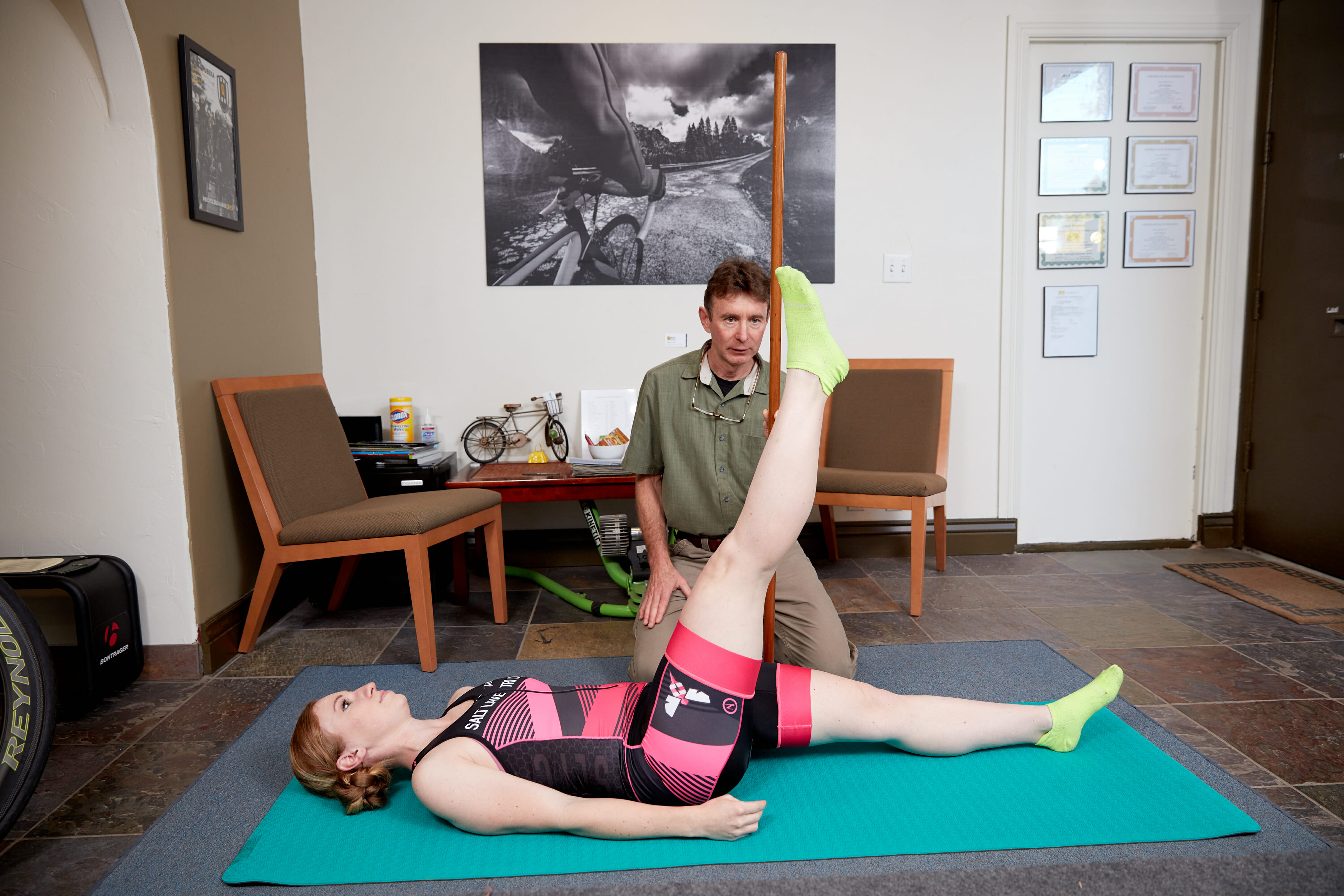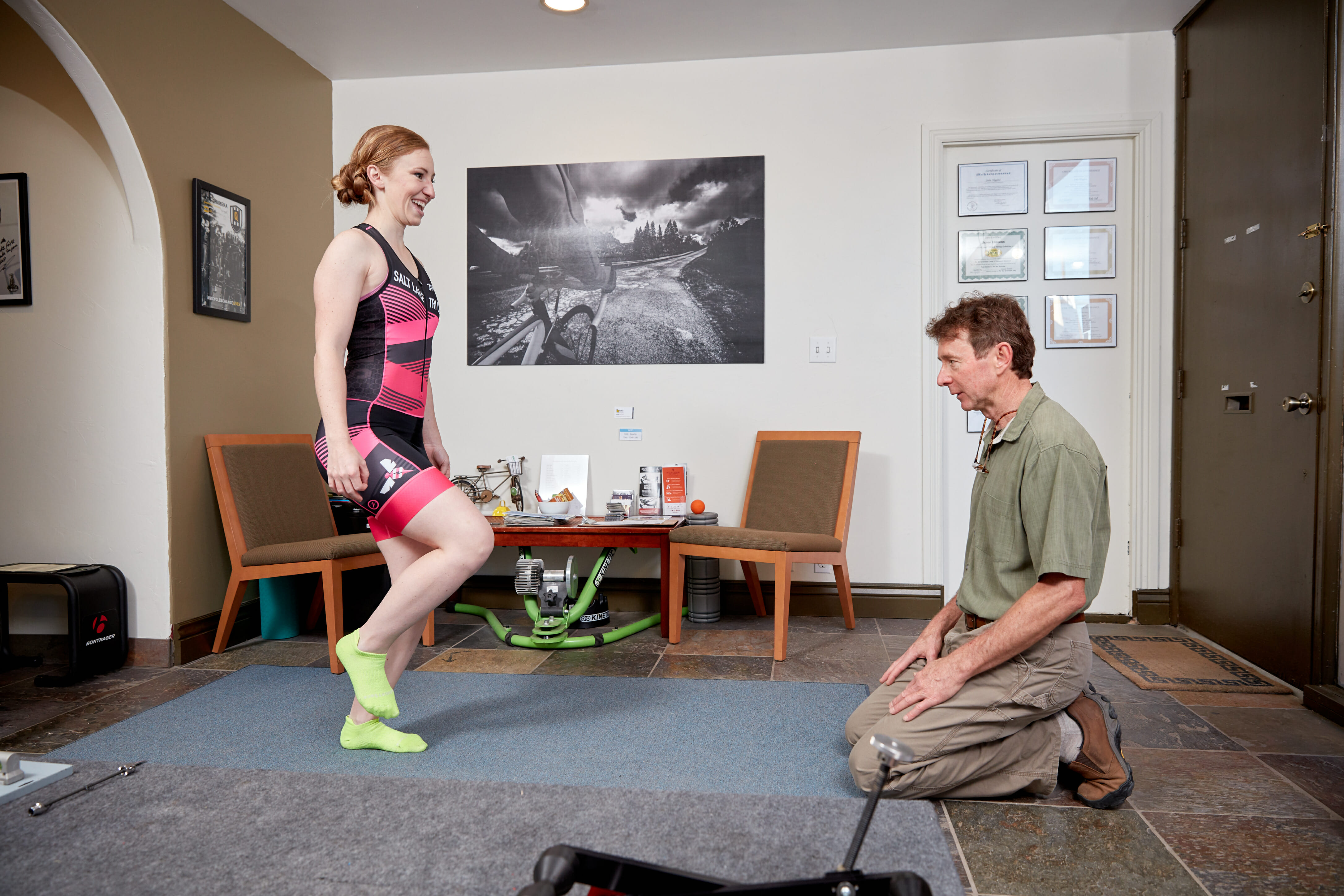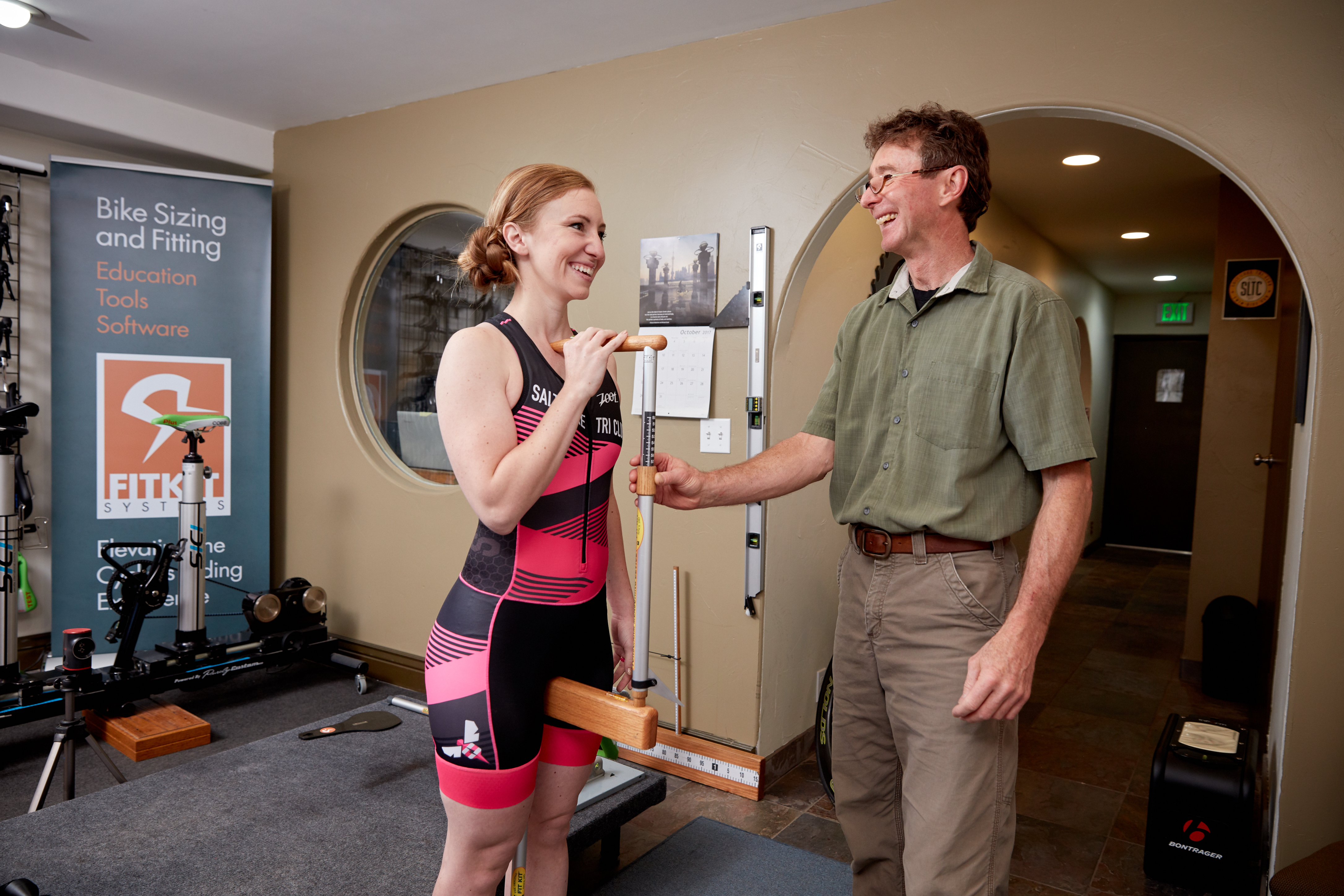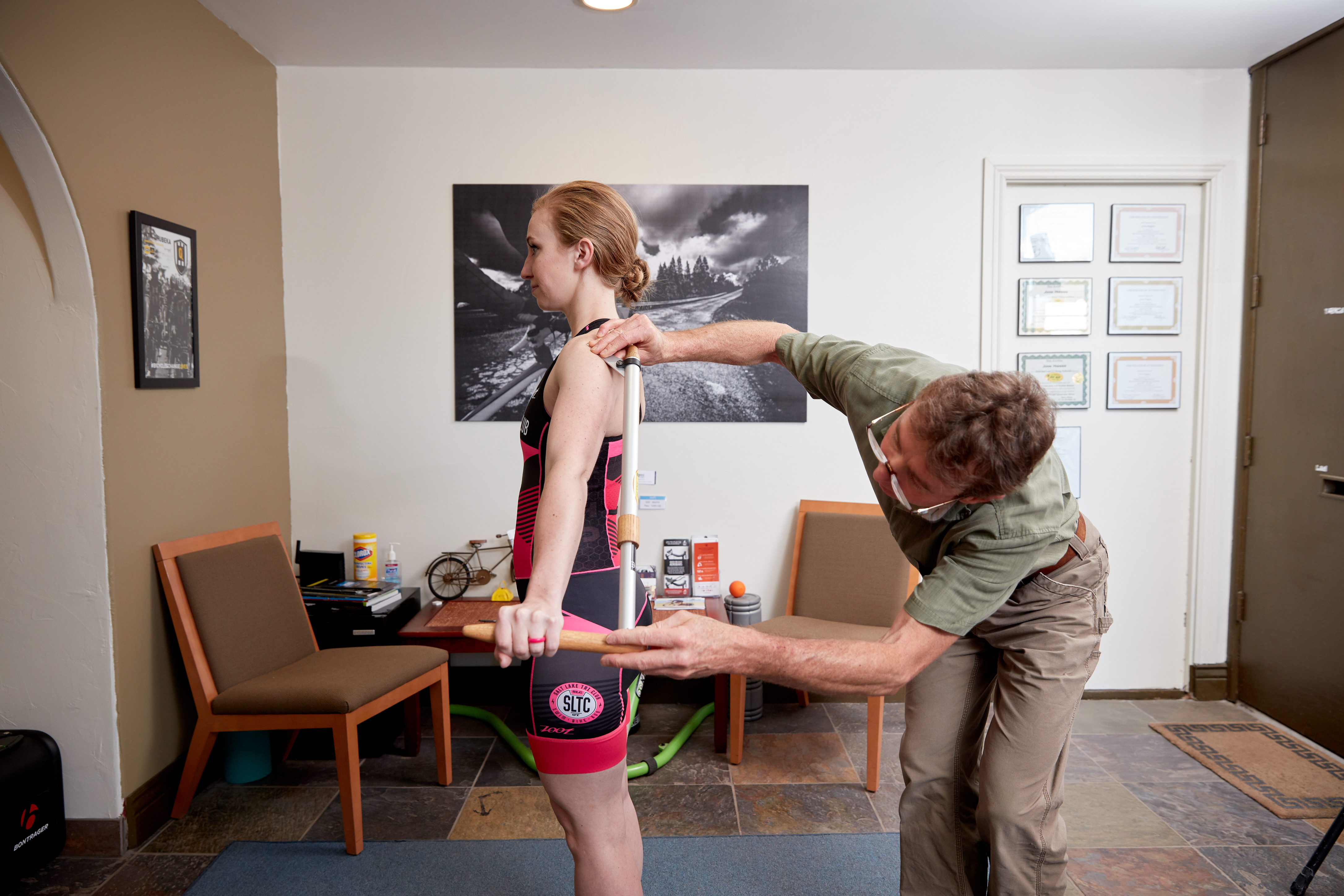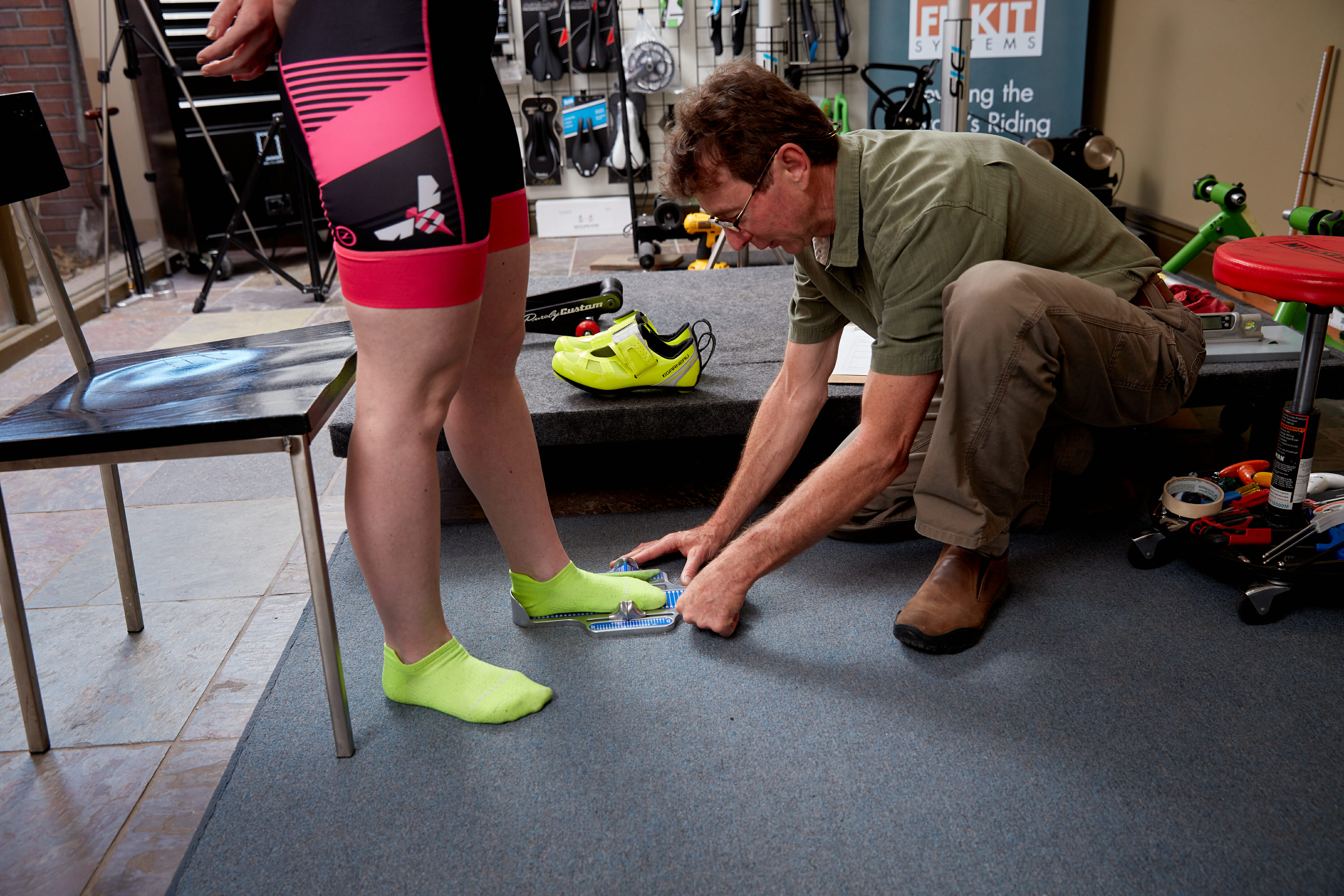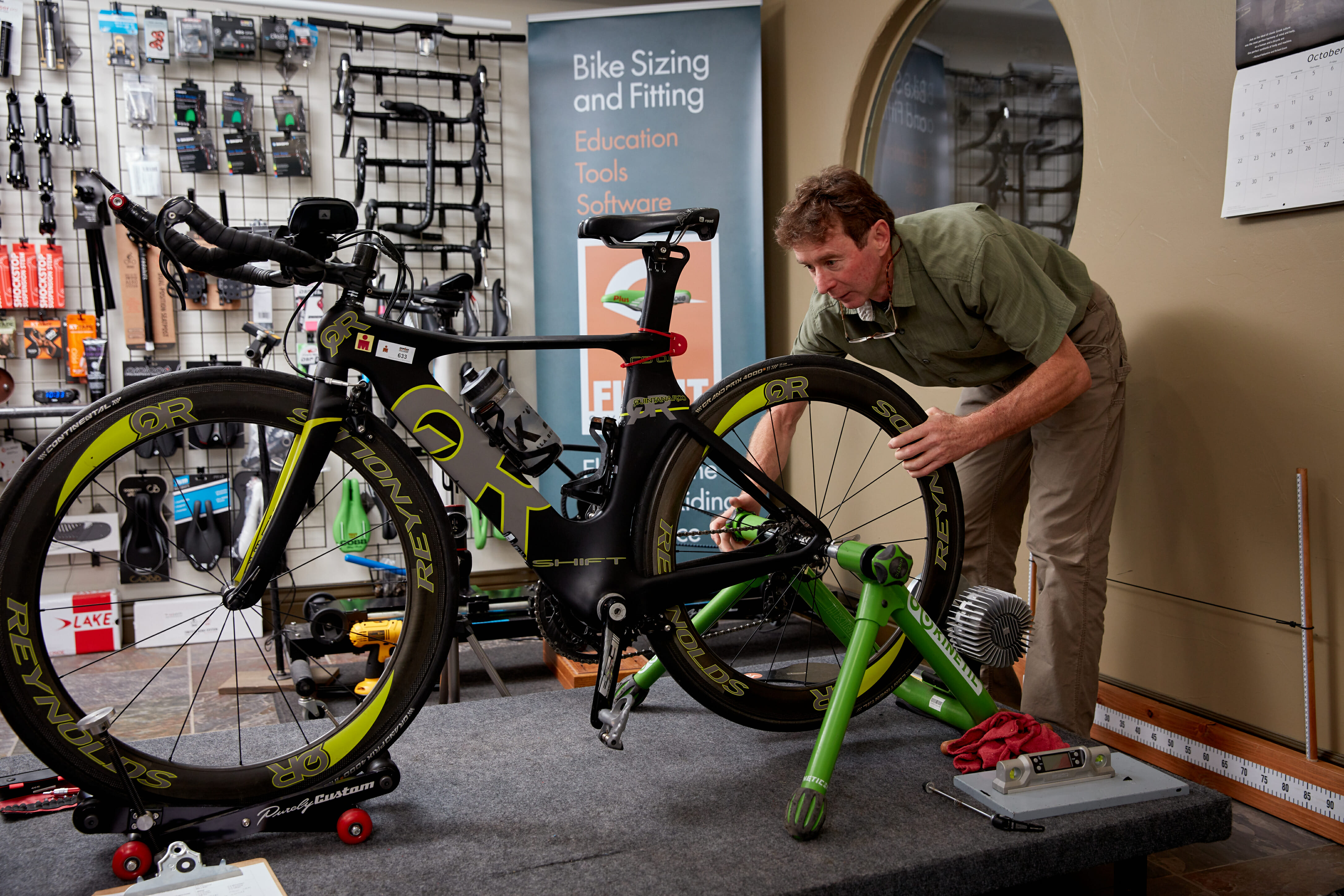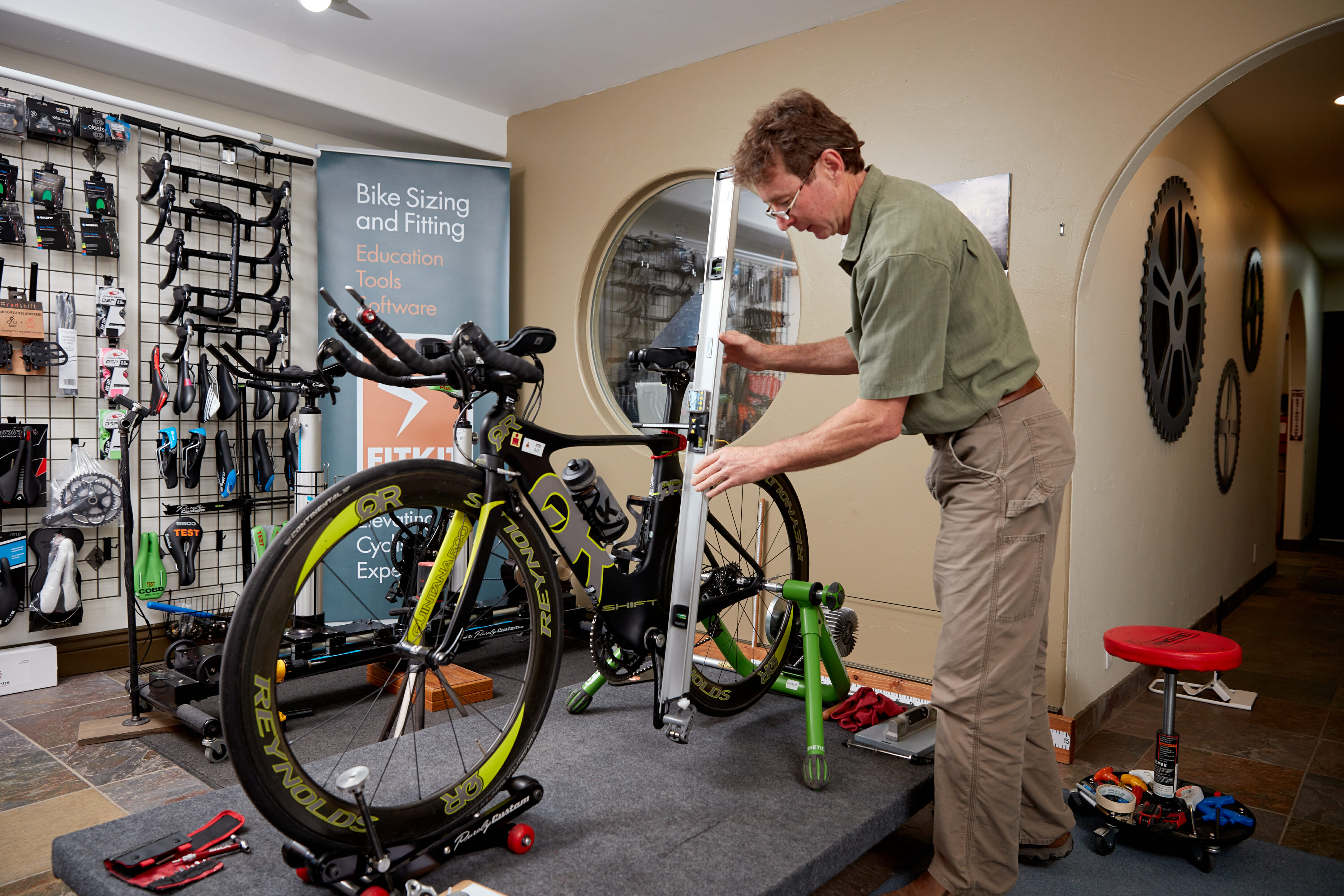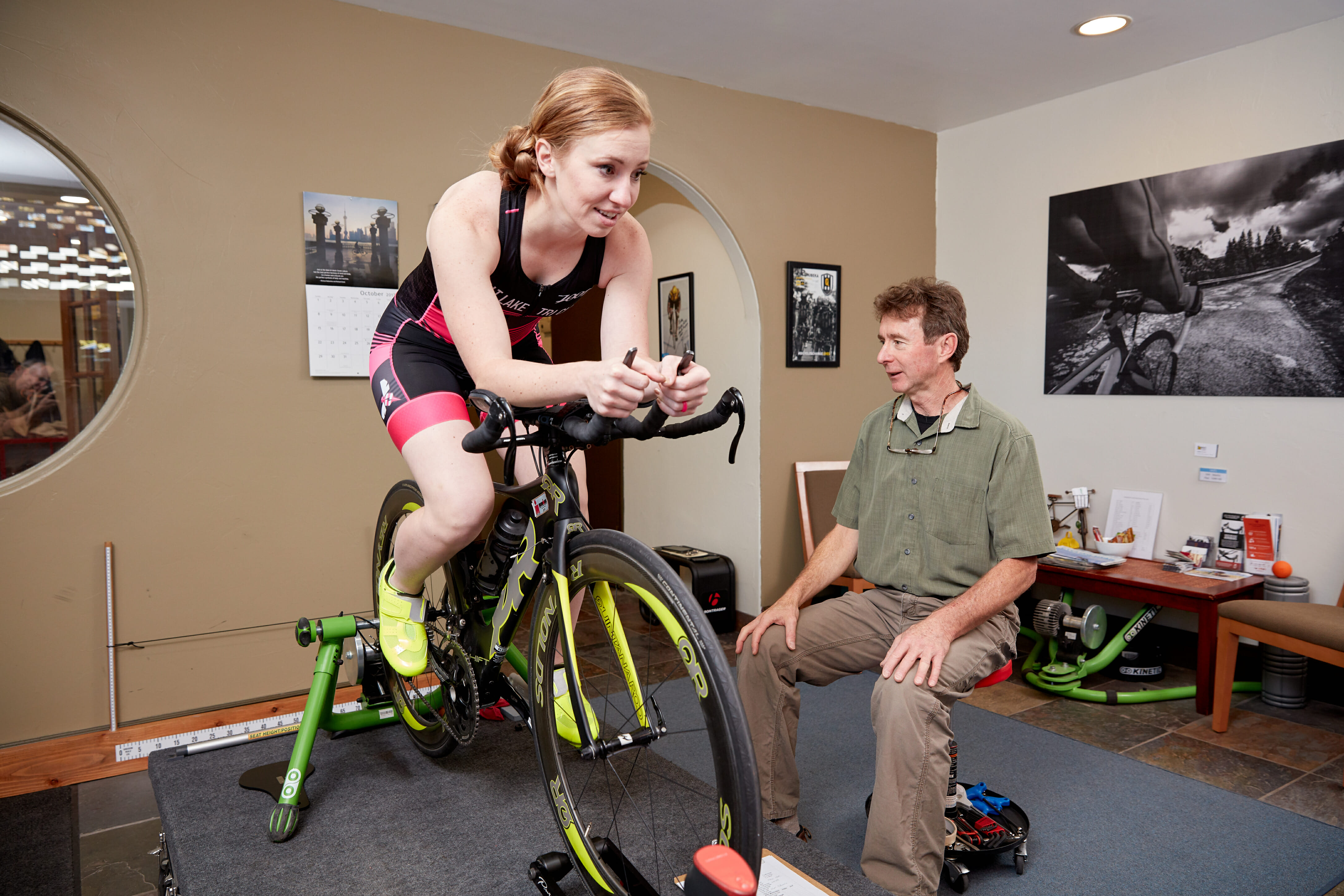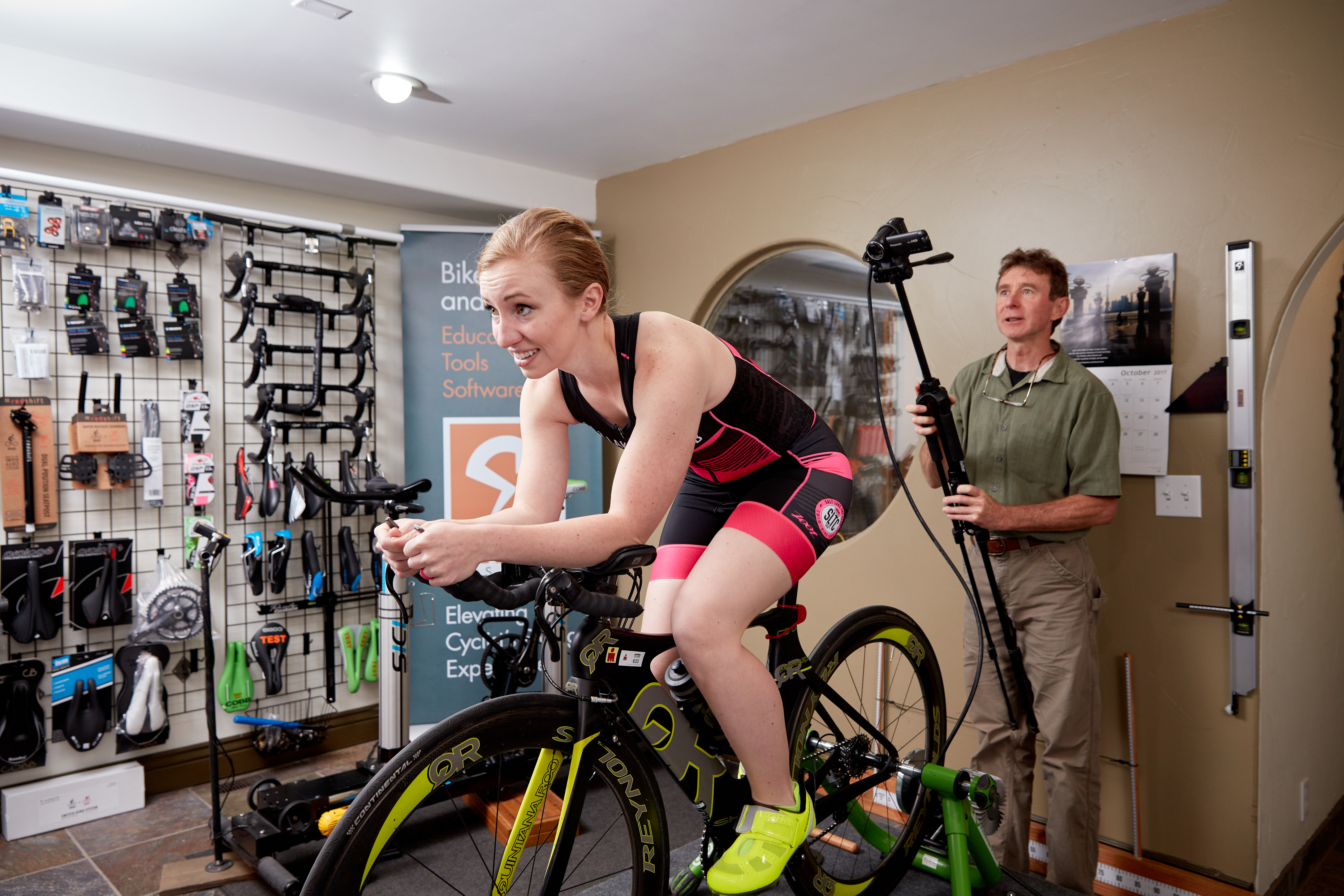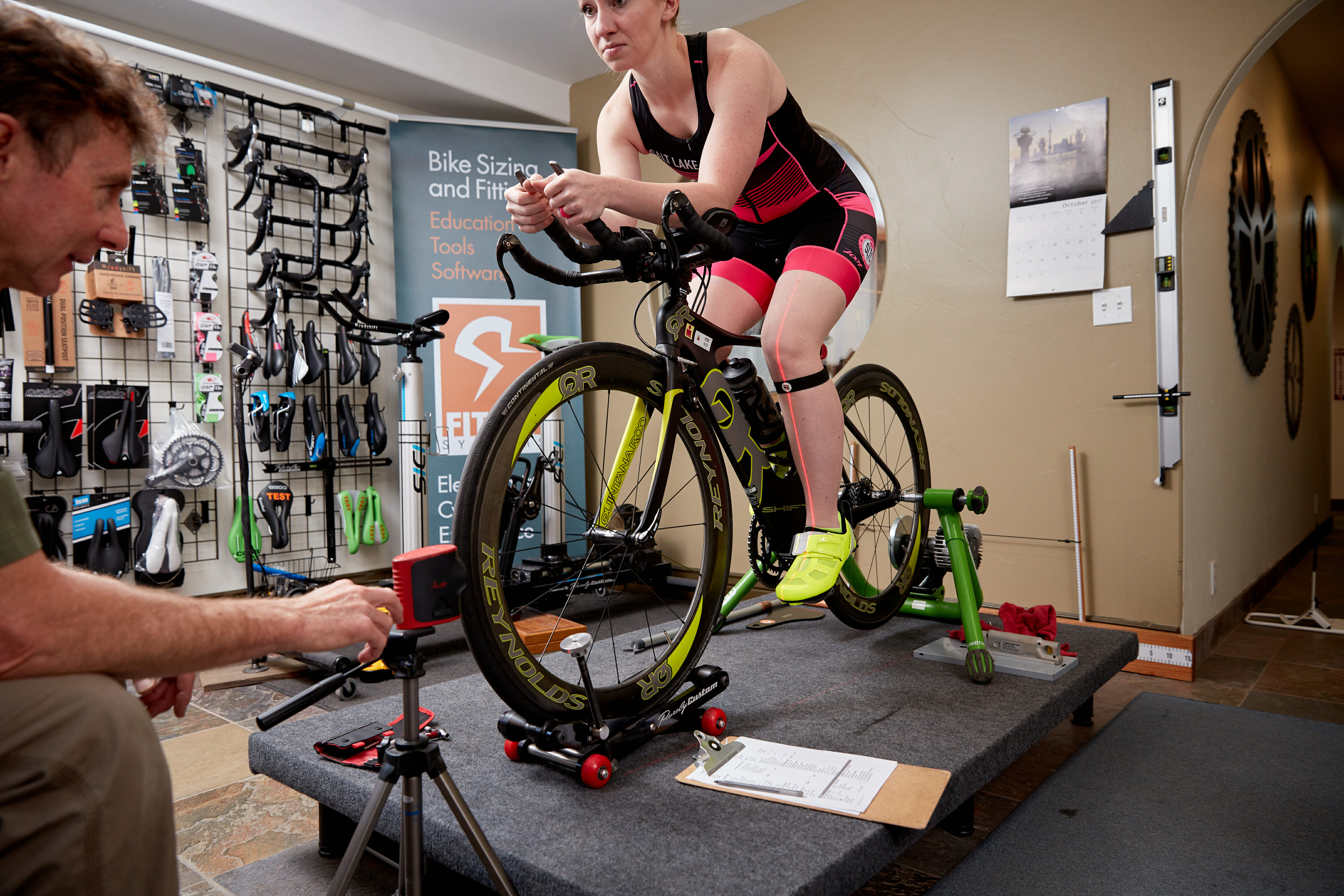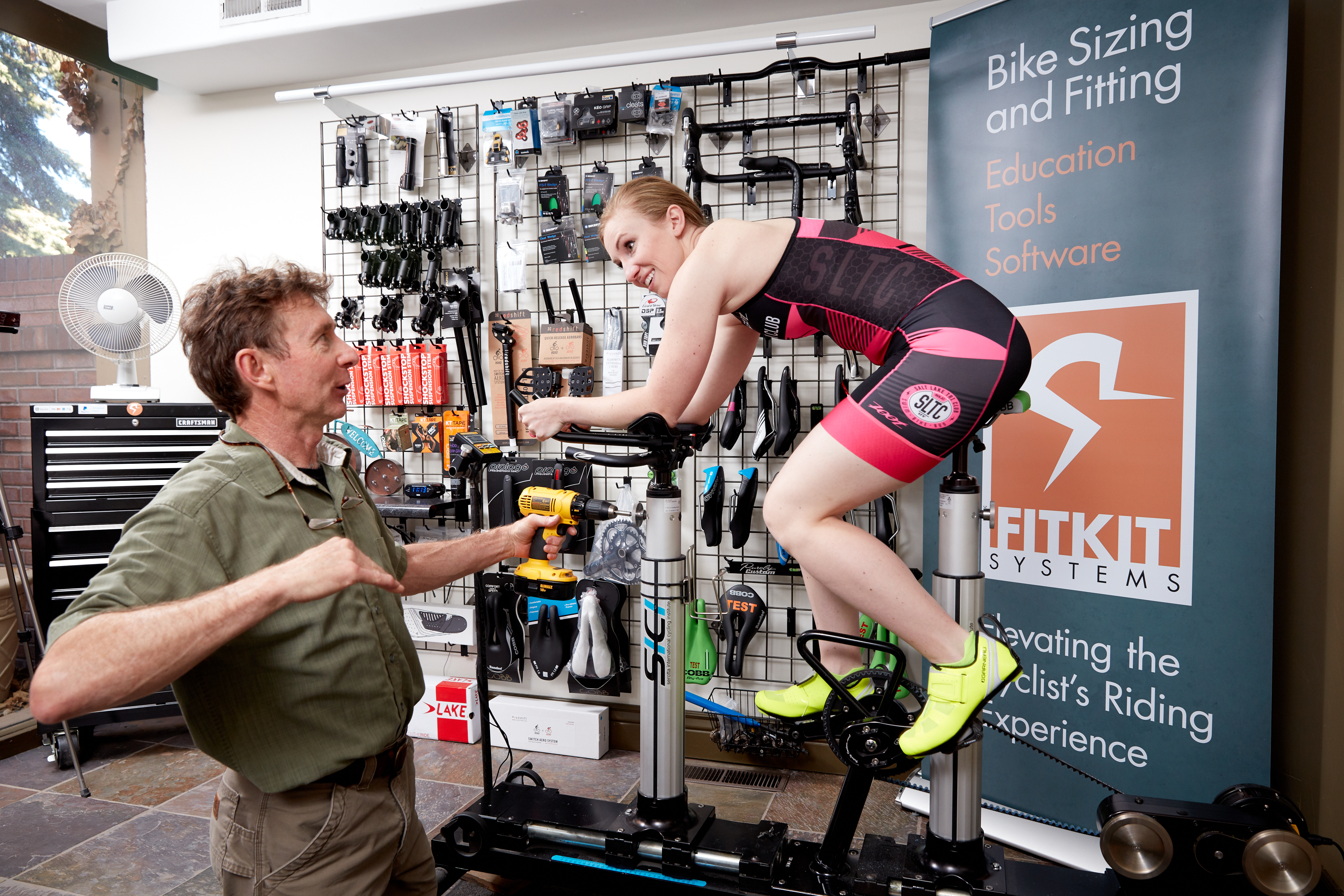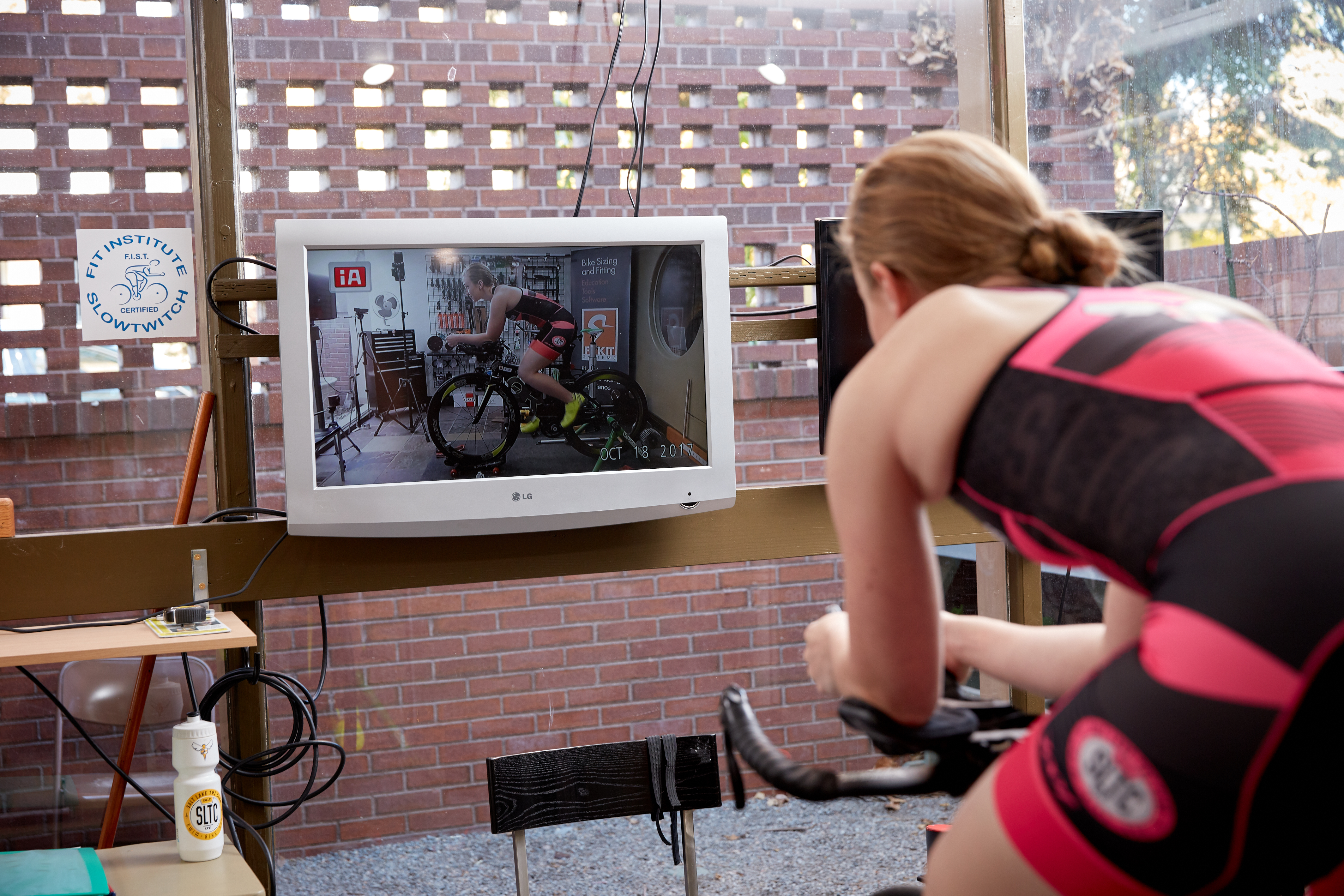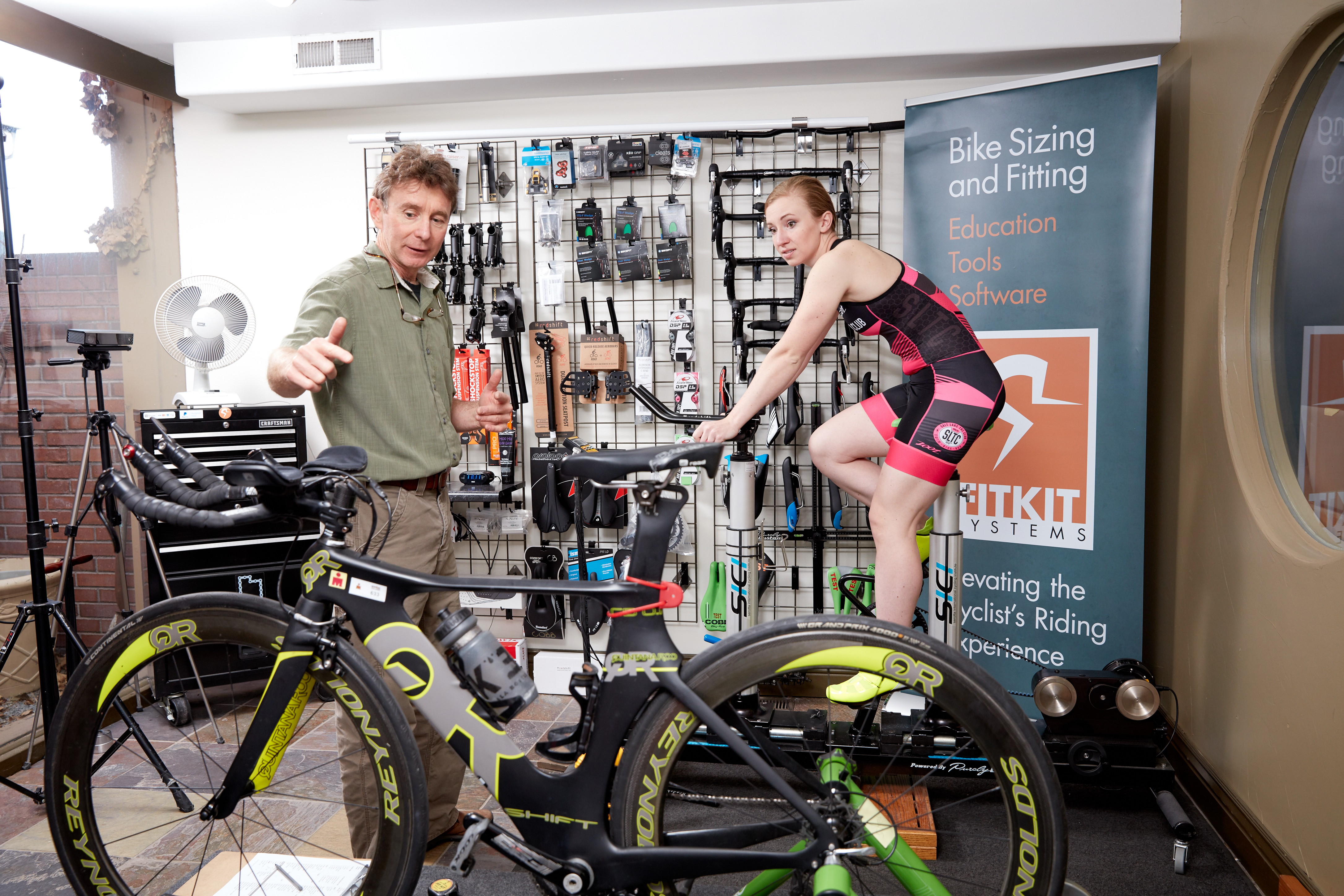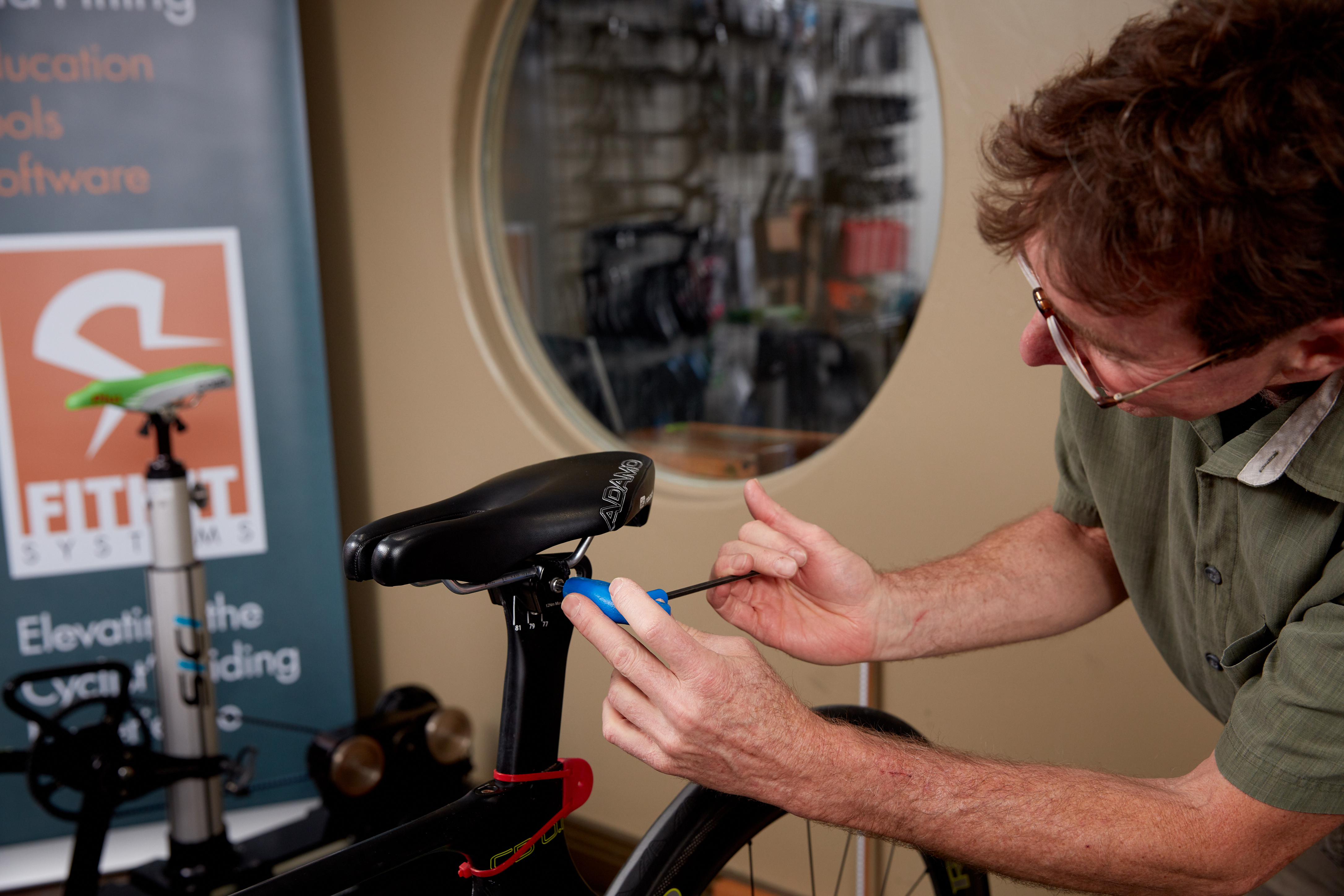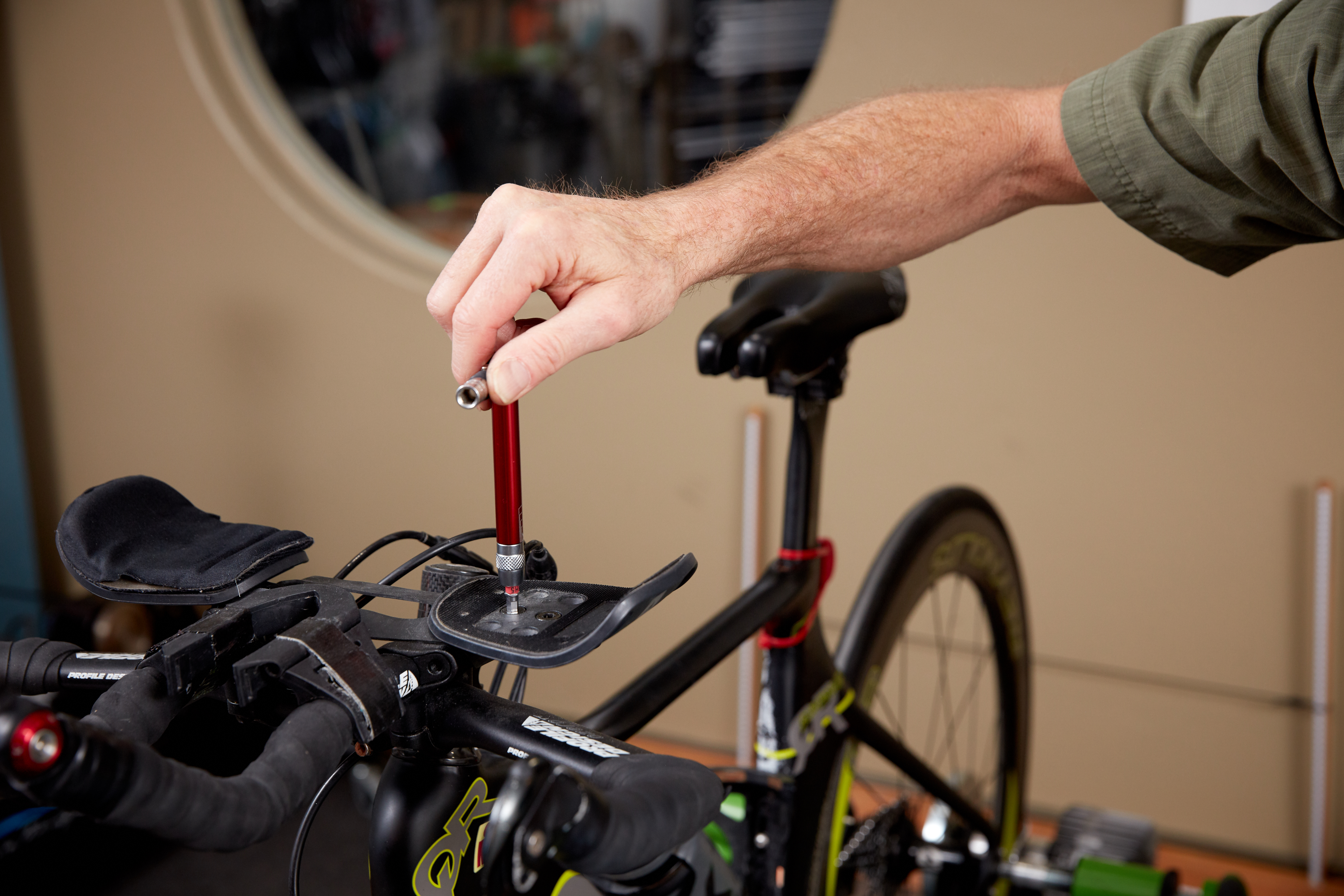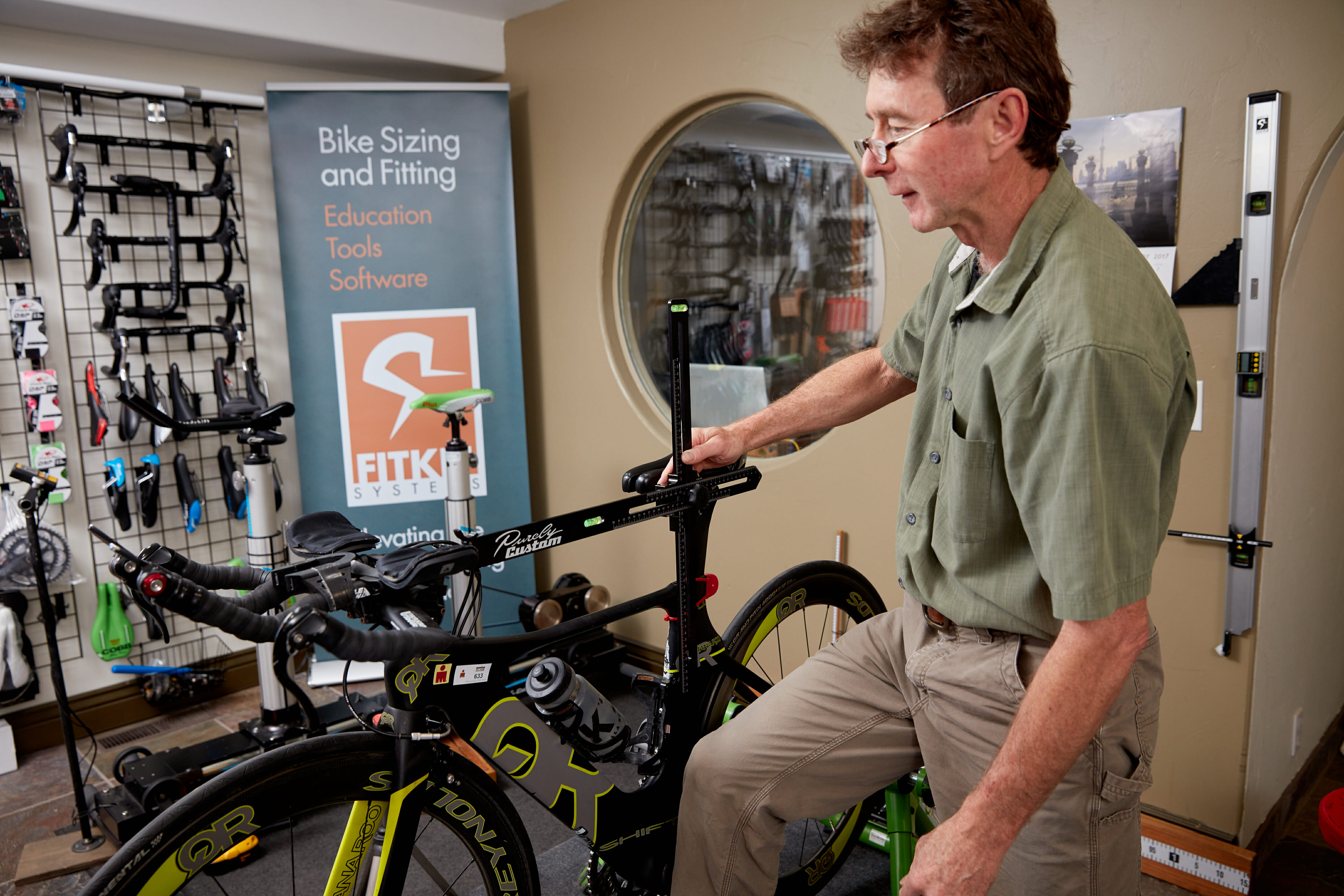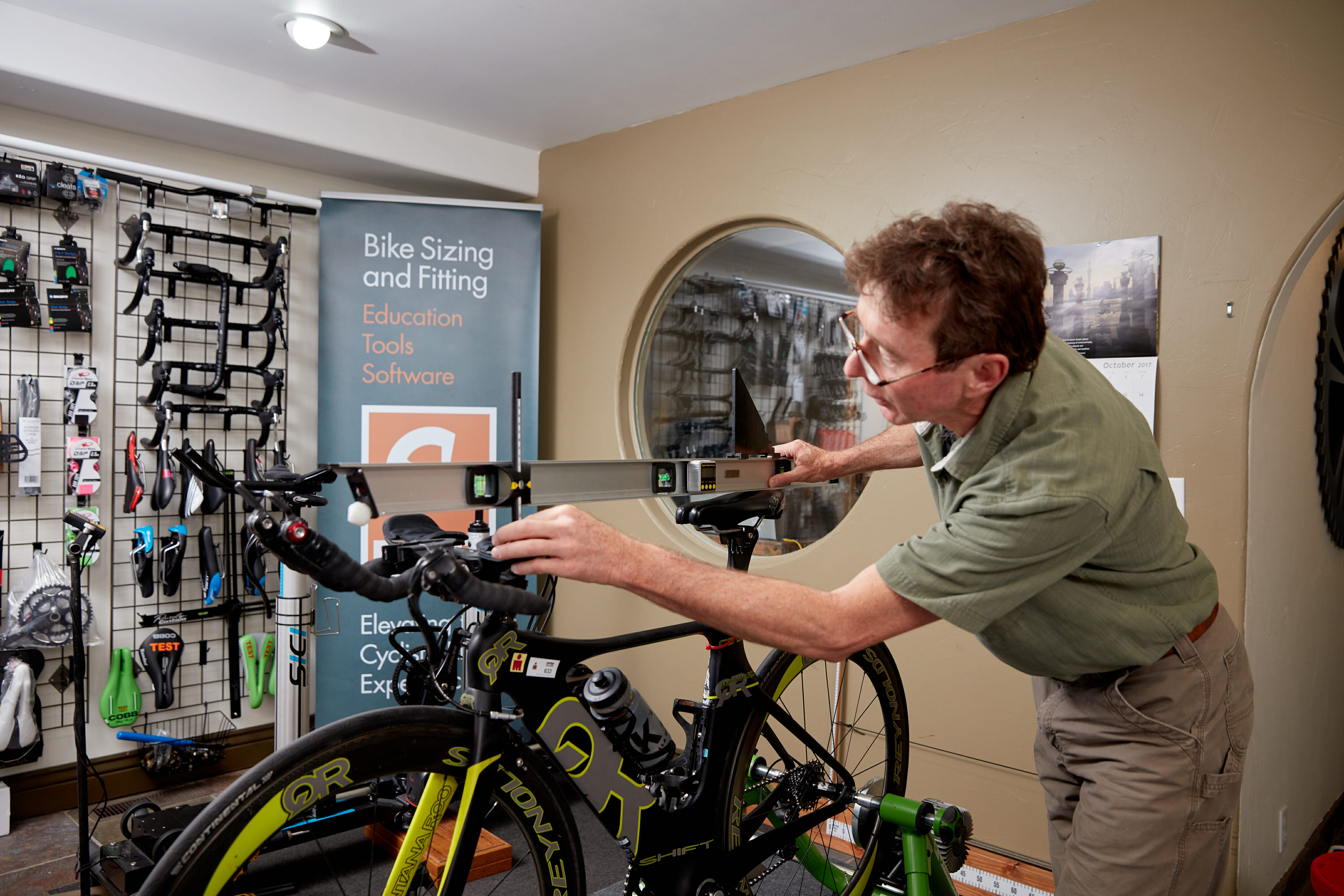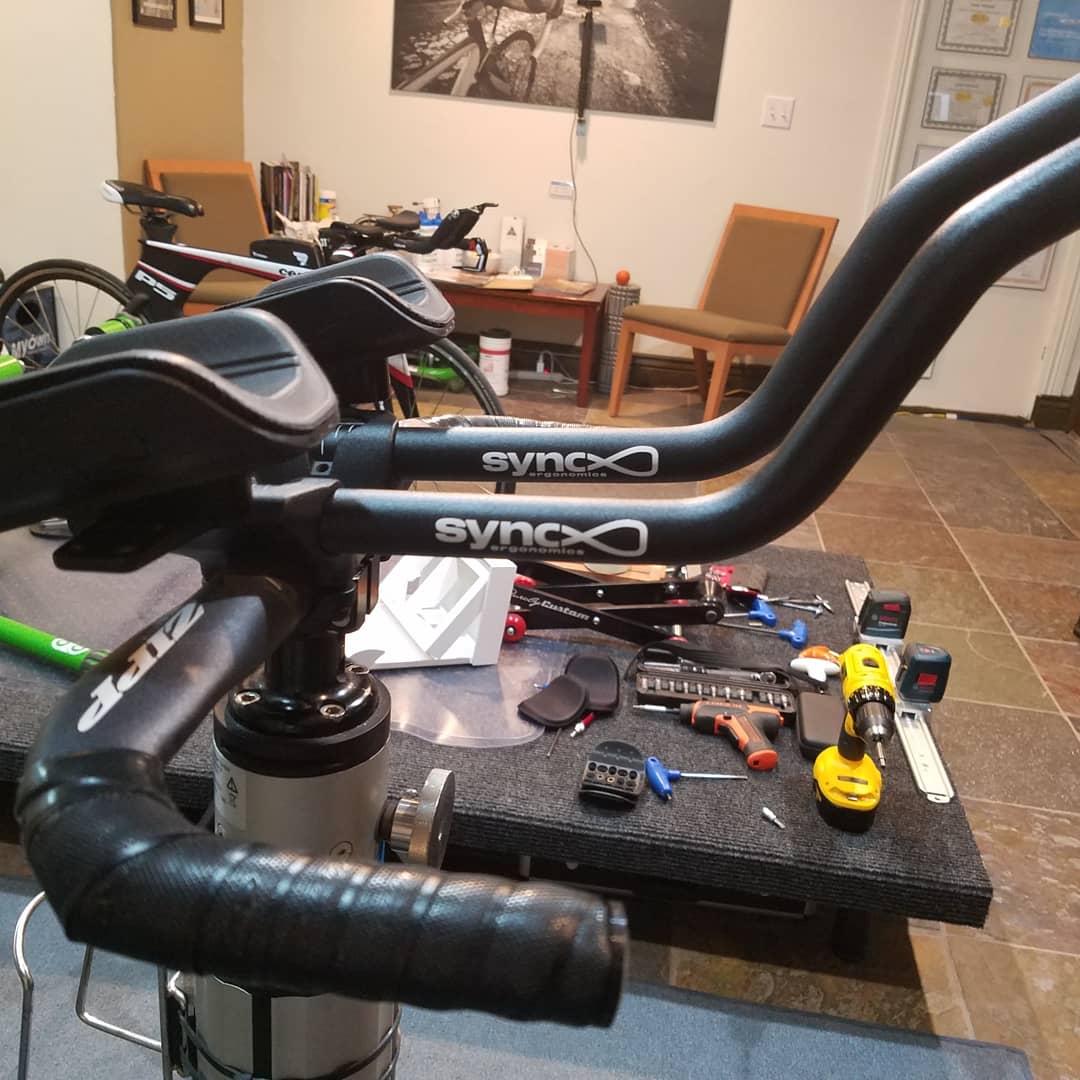The bike fit process involves information gathering, measuring, observing and assessing, followed by adjustments to the bike. I follow the best practice guidelines laid out by the International Bike Fitting Institute and the "Medicine_of_Cycling_Bike_Fit_Consensus_Statement" but the specifics of what I do are informed by my education and experience with a wide diversity of cyclists.
For the detail minded you can expand the descriptions below for more information on each step.
The Fitting Process
Before you climb on your bike I want to better understand your cycling history and intentions, your motive in having a bike fit session, and learn more about some things you noted in your pre-fit interview.
- What brings you in for a bike fit?
- Bike fit objective
- Past / present / future riding experience and intentions.
- Relevant injury / accident / medical history.
- Current and recurring symptoms of discomfort if applicable
I also want to make sure you are orientated and comfortable in the studio, and know what steps we will be going through.
Observe and assess the rider to identify any off-bike issues that may influence the rider's position on the bike, including:
- posture
- mobility
- stability
For a Pre-purchase sizing or Fit and the Complete Fit I use the Functional Movement Screen, a standardized assessment process widely used by coaches, athletic trainers and some physical therapists.
I'll observe you on your own bike, set up on a stationery trainer. Depending on the the fit objective, style of bike and what I'm trying to find out, I may also set you up on a bike simulator called a Fit Bike which enables me to adjust your position while you pedal, making it easier to try out different positions quickly.
I use direct observation and measurement, aided by a selection of tools including lasers and video to assess your position. I can offer a live video feed so you can see what I can see, and I want to observe you from both sides, front, rear, and elevated to get a good perspective of your bike-body interaction.
I may end up focusing on your position, your form and posture, your pedaling technique, or all of the above. Don't be surprised if I start teaching you how to ride a bike, even if you think you know how. When was the last time you took a skills class in how to ride a bike? I thought so...
Adjustments are likely to be made to the position of your cleats, saddle, handlebars and controls. If your cleats are badly worn I will want to renew them before the fitting progresses. You may leave with a test ride or new saddle installed, and maybe a change to your handlebar stem. Yes, I use a torque wrench to tighten bolts to the recommended tension when finishing up an adjustment.
- One bike fit session will move the needle in a positive direction, but maybe not as far as it could go.
- Not all clients present with the same issues, and not all issues can be resolved in one fit session.
- If you recognize the need to do more, or wish to implement recommendations that may be presented, you can book in for a followup session.
- A follow up session can be tailored to refinements, equipment upgrades, additional problem resolution, saddle testing, shoe / cleat set up, aero optimization, or whatever you like that is bike fit related.

